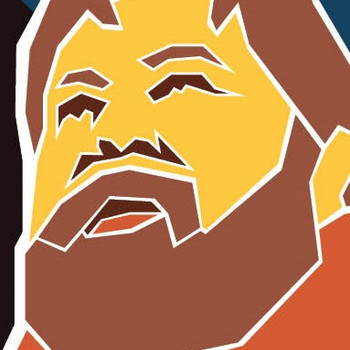How do you solve multi step equations with variables on both sides?
2 Answers
Collect all terms that involve the variable on one side and all terms that do not involve the variable on the other side. (by adding and/or subtracting.)
Then divide both sides by the coefficient of the variable.
The way to solve any equation that contains however complex expressions containing a variable
Sometimes it's impossible to accomplish. For instance, equation
cannot be transformed in this format, then we say that an equation has no solutions.
Sometimes the transformations lead to multiple solutions. For instance, equation
has two solutions:
The main question is, how to transform a given equation to a form rendering a solution. This should be addressed separately for different kinds of equations. Let's consider the simplest type - linear equations.
The linear equation that contains an unknown variable on both sides of an equation can be presented in the following general format:
where
Let's use the obvious rule of transformation:
if there are two equal values and we add the same value to both of them, the result will be two equal values.
In our case let's add a value
The left side can be re-grouped (using commutative law of addition and subtraction), resulting in
The right side can be regrouped (using the same commutative law), resulting in
And both new expressions are equal as a result of these transformations:
Using the distributive law of multiplication relative to addition we can transform the left side into
Cancelling
The equation now contains the unknown
Next step is add
Assuming
if there are two equal values and we divide them by the same number not equal to zero, the result will two equal values.
So, divide both sides by
This is a solution.
Separately let's consider a case when
If constants
If
This is a complete analysis of all possible cases for linear equations with unknown variable on both sides.


